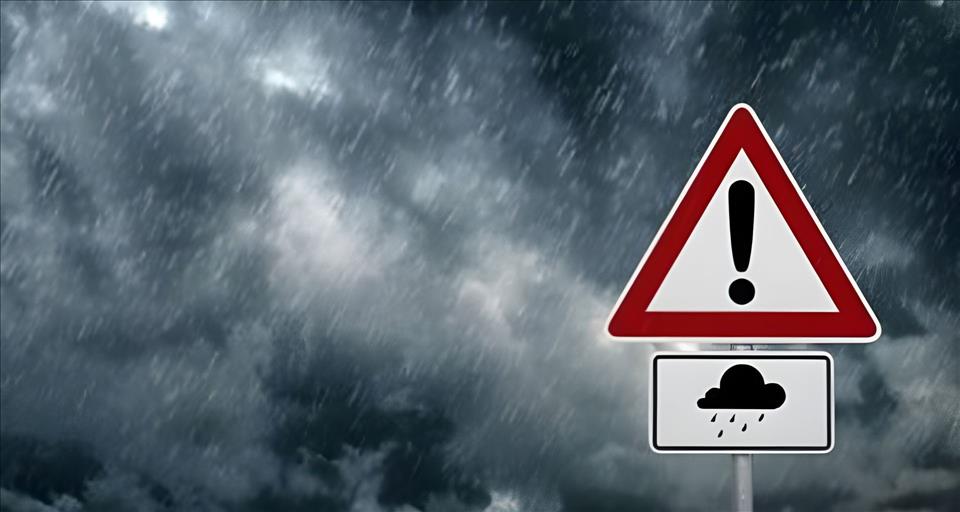Heavy rain can transform a calm day into an unpredictable storm, bringing with it challenges and risks. Staying safe during these downpours is essential, especially when the weather takes a turn for the worse. Luckily, tools like Google Weather make it easier than ever to stay informed about impending storms in your area. Whether you’re looking out for flash floods or simply trying to navigate through heavy rainfall, knowing how to prepare can make all the difference.
Let’s dive into some practical tips on using Google Weather effectively and ensuring both your home and family are ready when those dark clouds roll in. Being proactive could mean the difference between chaos and safety during severe weather events.
Using Google Weather to stay informed
Google Weather is a powerful ally when it comes to staying informed about heavy rain. With just a few taps on your device, you can access real-time updates tailored to your location.
The interface is user-friendly, providing not only current conditions but also forecasts for the next days. You’ll find precipitation percentages and hourly breakdowns that help you plan your day effectively.
Setting alerts is another handy feature. By turning on notifications, you’ll receive timely warnings about severe weather in your area. This way, you won’t be caught off guard when dark clouds loom overhead.
Additionally, Google Weather integrates radar maps that visually display rainfall patterns. This helps you see exactly where the storm is headed and make informed decisions accordingly.
Being proactive by utilizing this tool can significantly enhance your safety during heavy rain events. Stay one step ahead with reliable information at your fingertips!
Preparing your home for heavy rains
Heavy rain can be unpredictable, so preparation is key. Start by inspecting your gutters. Clear out debris to ensure water flows freely away from your home. Clogged gutters can lead to roof leaks and interior damage.
Next, check the seals around windows and doors. Cracks or gaps should be filled with weatherproof caulk to prevent moisture intrusion. A little effort now can save you big headaches later.
Consider landscaping as well. Ensure that your yard slopes away from the foundation of your house. This simple adjustment helps direct rainwater where it belongs—away from your property.
Also, stock up on necessary supplies like sandbags for additional flood protection near doorways or vulnerable areas of your home. Having these items ready will give you peace of mind when storms approach.
Make sure to have an emergency kit handy with essentials such as flashlights and bottled water in case power outages occur during severe weather events.
What to do in case of severe flooding or storms
When heavy rains hit, knowing what to do during severe flooding or storms can make all the difference. Preparation is key, but quick action is crucial when facing unexpected conditions.
First and foremost, always stay informed. Keep an eye on updates from Google Weather for real-time information about rainfall intensity and potential flooding in your area. This will help you gauge how serious the situation might become.
If flooding occurs, move to higher ground immediately. Do not wait for authorities to issue warnings; act swiftly if you’re in a low-lying area prone to water accumulation. Avoid walking or driving through floodwaters as just six inches of moving water can knock you over.
If you’re indoors during a storm, avoid windows and seek shelter in a small interior room or closet away from external walls. Stay tuned into local news channels for emergency alerts and instructions from officials regarding evacuation if necessary.
Should you be caught outside during extreme weather, find shelter right away—preferably within a sturdy building. If that’s not possible, look for high ground away from rivers or streams that could overflow with rainwater.
Having an emergency kit ready at home can also alleviate stress during these times. Stock it with essentials like water, non-perishable food items, flashlights, batteries, first-aid supplies, medication, and important documents stored safely in waterproof bags.
Remember that safety comes first; property can be replaced later when conditions improve. By staying alert and prepared using resources like Google Weather combined with practical safety measures at home and while out in the stormy weather ahead—you’ll enhance your chances of navigating heavy rain events safely.




